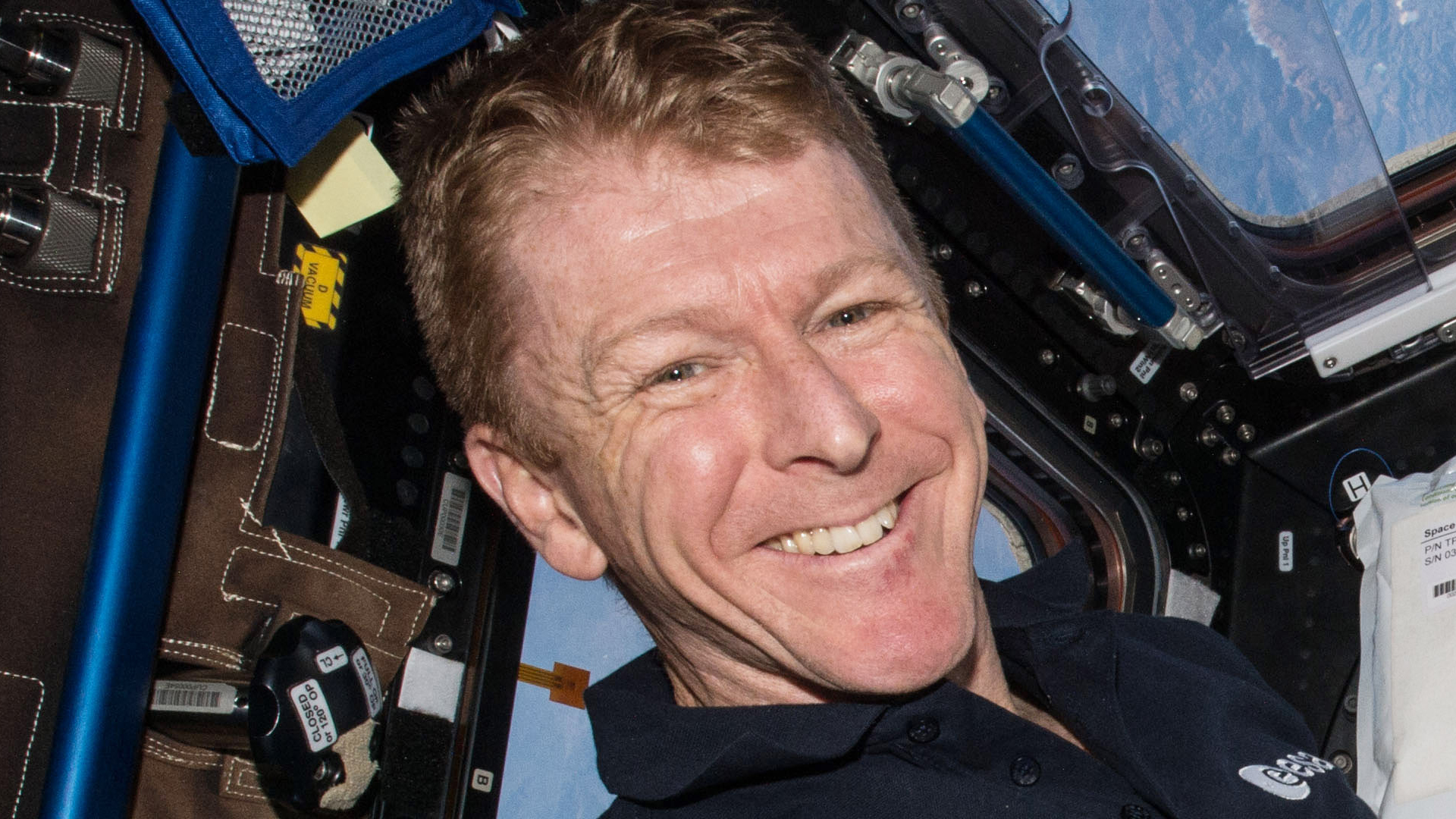T4K3.news
Olympus Sets Pace for Mars Exploration
ESA tests four legged robot Olympus on Mars like terrain to extend exploration possibilities.
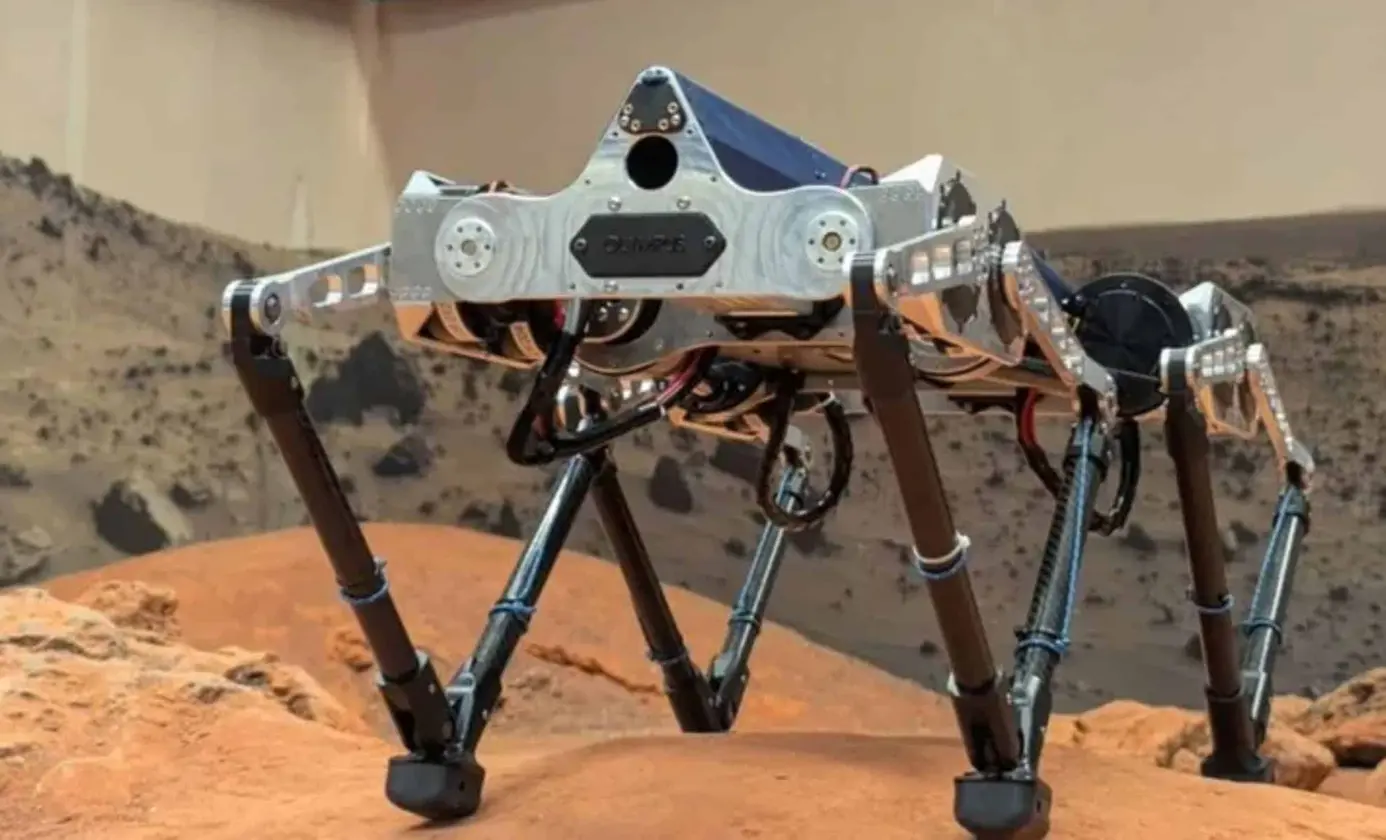
ESA tests Olympus a four legged robot that could help astronauts scout rugged Mars terrain.
Olympus Sets the Pace for Mars Exploration
ESA is testing Olympus a four legged robot designed to roam Mars like terrain and reach places wheeled rovers struggle with. In trials that simulate Martian conditions Olympus shows it can move over obstacles and even jump. The goal is to extend exploration capabilities by mapping terrain and assisting future missions without putting astronauts at risk.
Olympus relies on reinforcement learning to adapt its movements learning from trial and error. In microgravity simulations that mimic Mars the robot learns to adjust its orientation and position as the platform moves. Mars gravity about 38 percent that of Earth gives Olympus a mobility edge enabling potential routes such as lava tubes beneath the surface.
Key Takeaways
"The algorithm that makes Olympus move is trained using reinforcement learning, a machine learning method that works on the basis of trial and error."
Statement from Olsen describing Olympus learning method.
"They could easily move around the planet’s surface and venture beneath it into lava tubes."
Illustrates Olympus' potential reach on Mars.
"Jump much higher than they would on Earth."
Notes Olympus’ capability in Mars gravity.
"Olympus learns autonomously by performing trial and error."
Describes its autonomy.
The move from wheels to legs marks a shift in how missions think about terrain. If Olympus proves reliable it could speed up scouting before human landings and reduce early mission risk.
But the path to reliability is costly and long agencies must weigh budget timelines and safety when deploying autonomous systems. Public expectations and investor interest add pressure to show steady progress without over promising what robotics can deliver.
The broader trend is clear robots that learn on the job offer flexibility but they also demand robust governance and long term investment to turn potential into dependable capability.
Highlights
- Mars just got a leg up with Olympus
- Robots that learn by trial and error could rewrite space scouting
- Jumping over rocks changes the map of Mars
- A robot scout that enters lava tubes unlocks new science
The real test lies in turning promise into dependable performance.
Enjoyed this? Let your friends know!
Related News
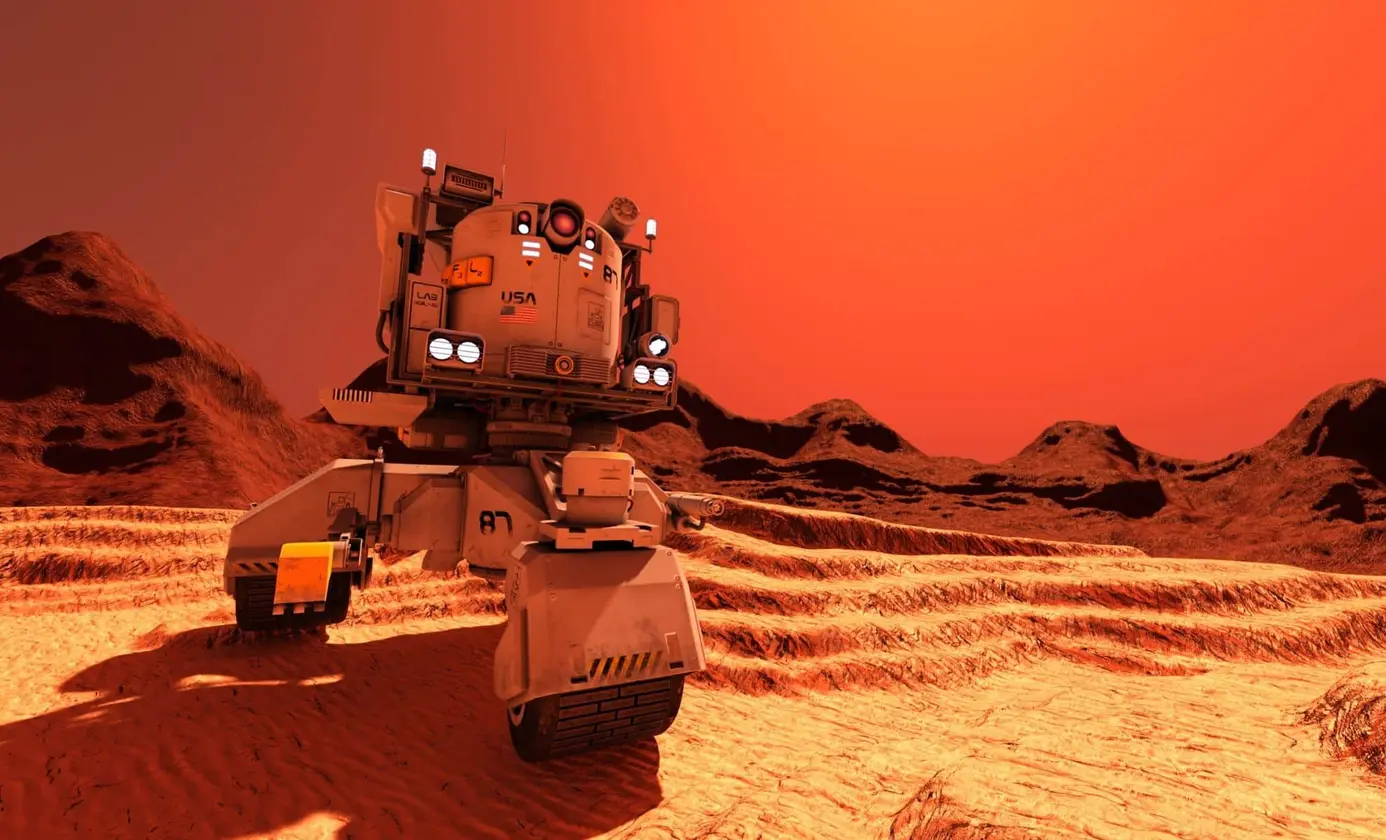
NASA's Perseverance rover sets record drive on Mars
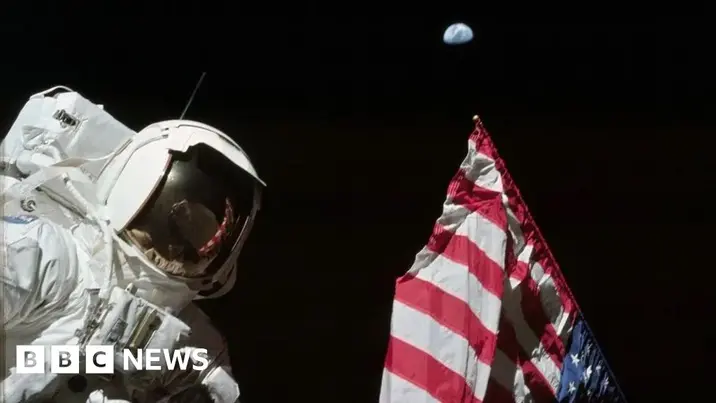
Apollo Moon veterans remain as Artemis advances

Butterfly review out now

Video game prequels redefine the series

Mafia The Old Country Gets A Mixed Review
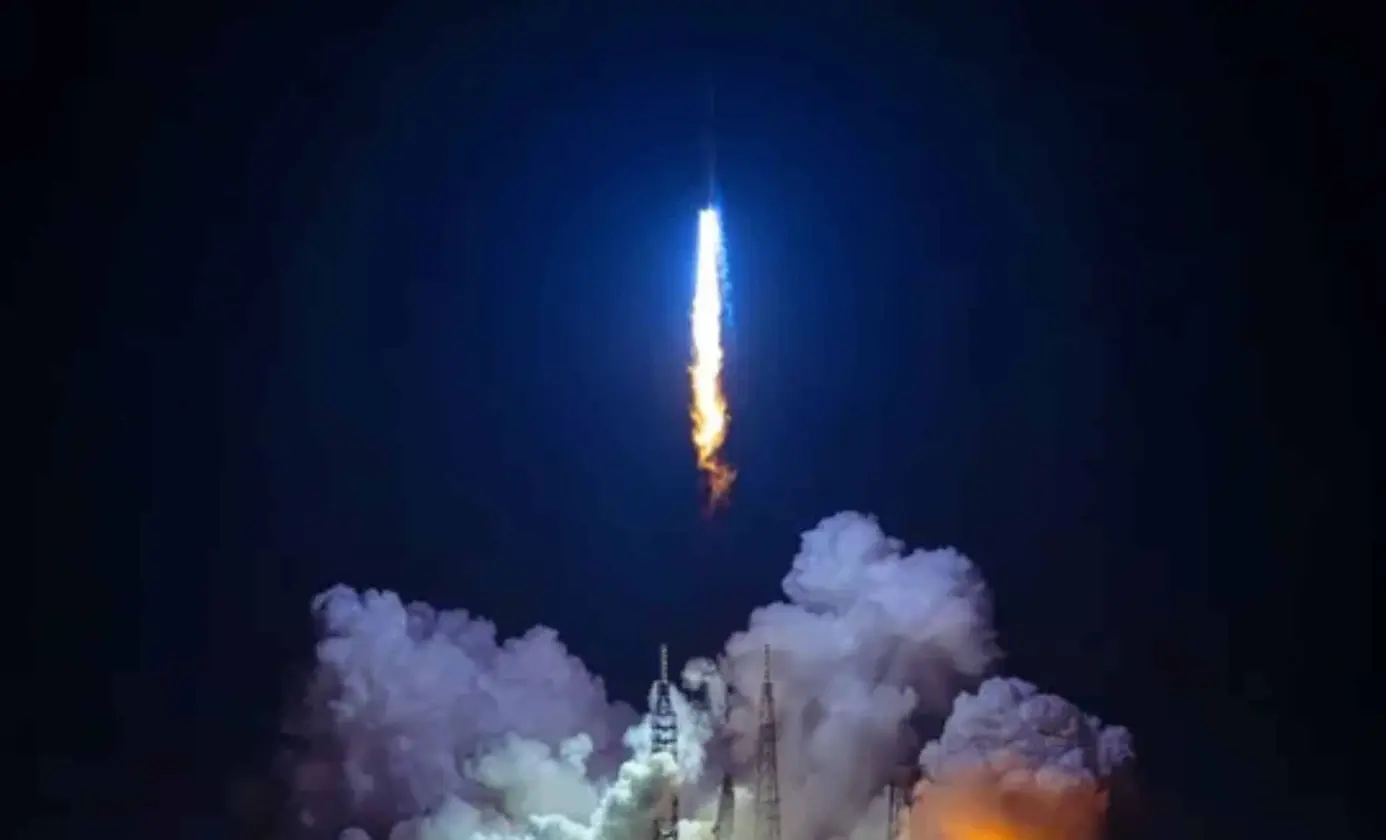
New Glenn Launch to Carry NASA's ESCAPADE Mission
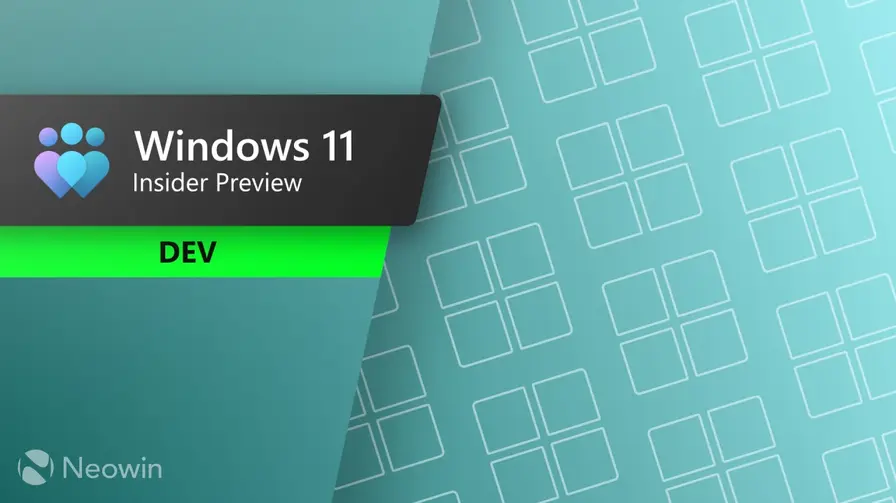
Windows 11 25H2 moves more Control Panel into Settings

New games launch on Nintendo eShop
